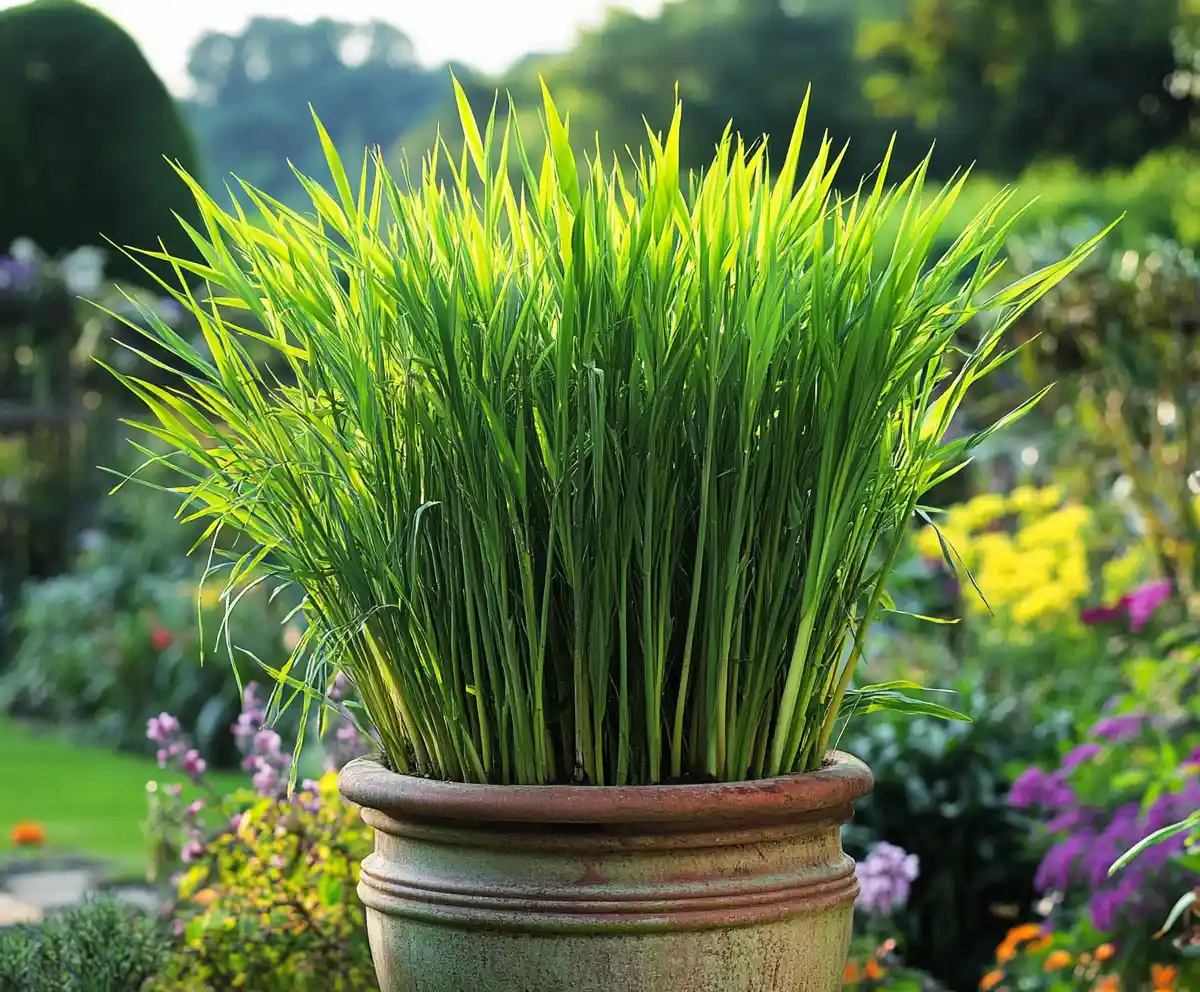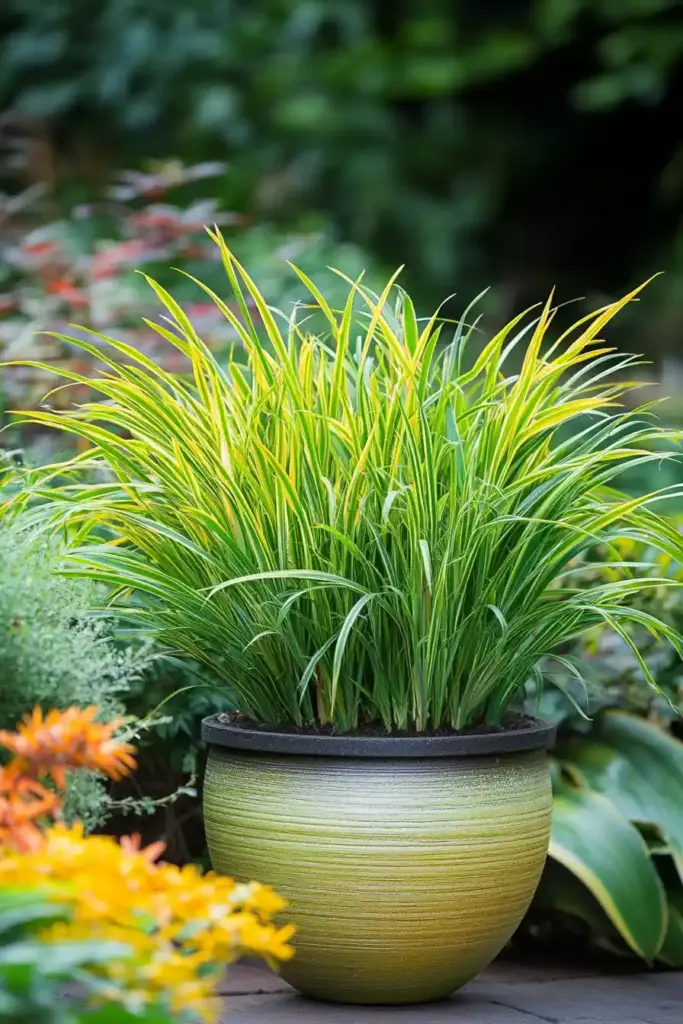If you’ve ever savored the bright, citrusy flavor of Thai cuisine, chances are you’ve encountered lemongrass. This versatile herb isn’t just for exotic dishes — it’s also incredibly simple to grow right at home! Whether you’re a seasoned gardener or just starting out, cultivating lemongrass can be a rewarding addition to your garden. Drawing from firsthand experience, I’ve found that with just a little sunshine, regular watering, and minimal fuss, growing lemongrass can be surprisingly effortless — even for beginners.
Is Lemongrass Hard to Grow?
Good news for beginner gardeners: lemongrass is incredibly easy to grow, especially if you live in a warm climate. In places like Georgia or other southern states, lemongrass thrives with very little effort. All it really asks for is a sunny spot in your yard or container garden, consistent watering, and some occasional attention. Unlike fussy herbs, lemongrass doesn’t require constant pampering — just a little warmth, sunshine, and moisture will have it flourishing throughout the season.
Can Lemongrass Survive Winter?
While lemongrass loves the heat, it doesn’t handle freezing temperatures very well. If you live in a region with mild winters, like parts of Florida or southern California, your lemongrass may survive outdoors year-round and regrow each spring. However, in areas where winter brings hard freezes, lemongrass can quickly die back. Gardeners in colder zones often treat it as an annual or bring containers indoors during the colder months to keep the plants alive. If you’re in a chilly region, overwintering lemongrass in a sunny indoor spot can help it thrive year after year.
How to Grow Lemongrass
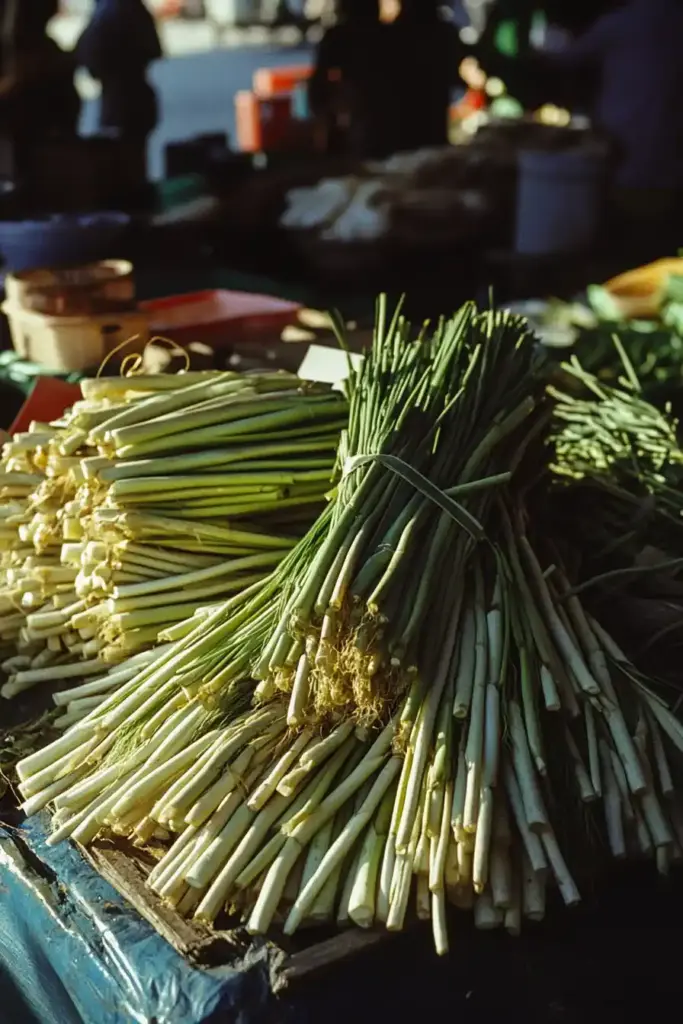
Starting your own lemongrass patch is easier than you might think. The quickest way is to purchase a young lemongrass plant from a local nursery. These plants are usually hardy and ready to transplant into your garden or a large pot. If you’re feeling adventurous, you can also sprout lemongrass from fresh stalks found at the grocery store — just make sure the stalks still have their roots attached. With a little patience and the right conditions, you’ll soon have thriving lemongrass ready for harvest.
How to Sprout Lemongrass Stalks
If you’re starting with store-bought lemongrass, sprouting the stalks is simple and rewarding. Begin by placing the stalks upright in a glass of water, positioning them in a sunny window where they can soak up plenty of light. Change the water every few days to keep it fresh and prevent any bacterial growth. After about three weeks, you should notice small roots forming at the base. Once the roots are a couple of inches long, transplant your lemongrass into damp, well-draining soil, and watch it take off!
Best Conditions for Growing Lemongrass
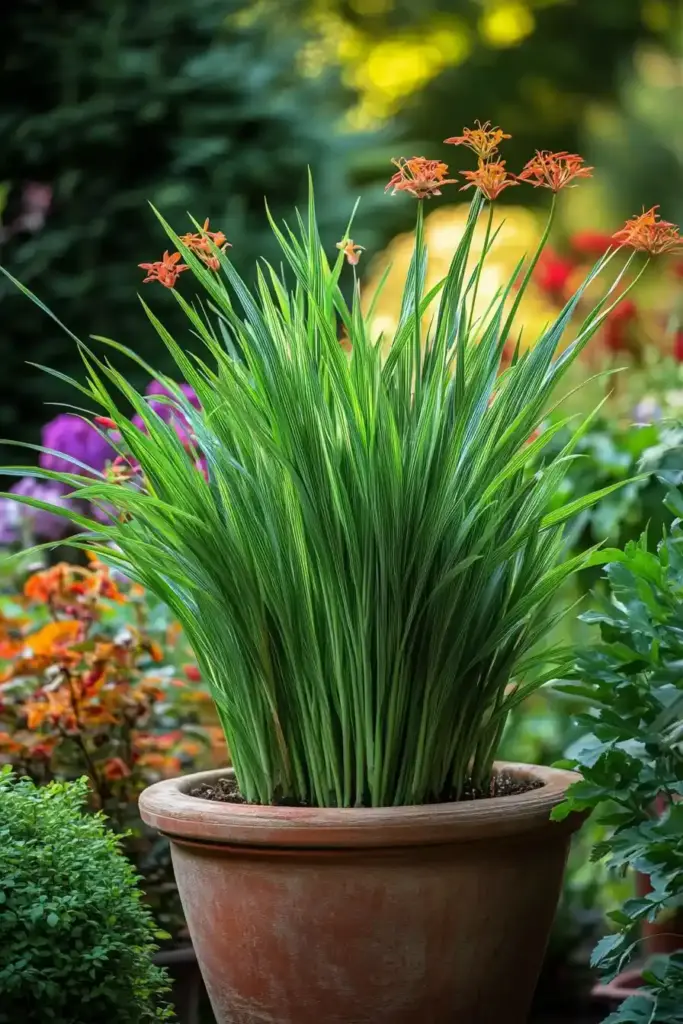
Lemongrass thrives best in full sun, soaking up at least six to eight hours of direct light each day. It loves rich, organic soil that drains well — heavy clay or soggy spots can quickly cause problems. Whether you plant it directly in the ground or in a large container, make sure the soil stays moist but not waterlogged. With the right conditions, lemongrass grows fast, and after just a few months, you’ll have tall, healthy stalks ready to harvest. Giving your plants a little compost or organic fertilizer can also boost growth and keep them lush and green.
How to Harvest Lemongrass
Harvesting lemongrass is easy once your plants are established. The best time to pull stalks is after a good rain when the soil is soft, making it simpler to remove the stalks without damaging the plant. Gently tug individual stalks from the base, or use a clean knife if needed. For cooking, focus on the tender white portion at the bottom of the stalk — that’s where the flavor is most concentrated. Simply peel away the tough outer layers, and you’ll reveal the fragrant, juicy core perfect for recipes.
Lemongrass Plant Uses

Lemongrass isn’t just a culinary delight — it offers a range of uses that make it a must-have in any garden. In the kitchen, bruised lemongrass stalks add a bright, citrusy flavor to soups, teas, curries, and homemade stocks. Beyond cooking, lemongrass has a long history in herbal remedies. It’s often used in steam facials for its refreshing scent and potential skin benefits. Traditionally, lemongrass has also been turned to for natural treatments of stomachaches, coughs, high blood pressure, and fevers — though it’s always wise to check reputable sources like WebMD for detailed health information.
Fresh Lemongrass Recipes
Once you have fresh lemongrass on hand, the possibilities are deliciously endless! One popular favorite is Spicy Lemongrass Soup, where tender stalks infuse broth with a punch of citrusy flavor that pairs beautifully with shrimp, chicken, or tofu. Another simple treat is Homemade Lemongrass Tea: just bring water to a boil, add a few chopped lemongrass stalks, and let it simmer for about 10 minutes. Strain out the stalks and enjoy your tea hot for a soothing drink or iced for a refreshing summertime cooler. Either way, homegrown lemongrass adds a fresh twist that store-bought herbs just can’t match.
Frequently Asked Questions About Growing Lemongrass
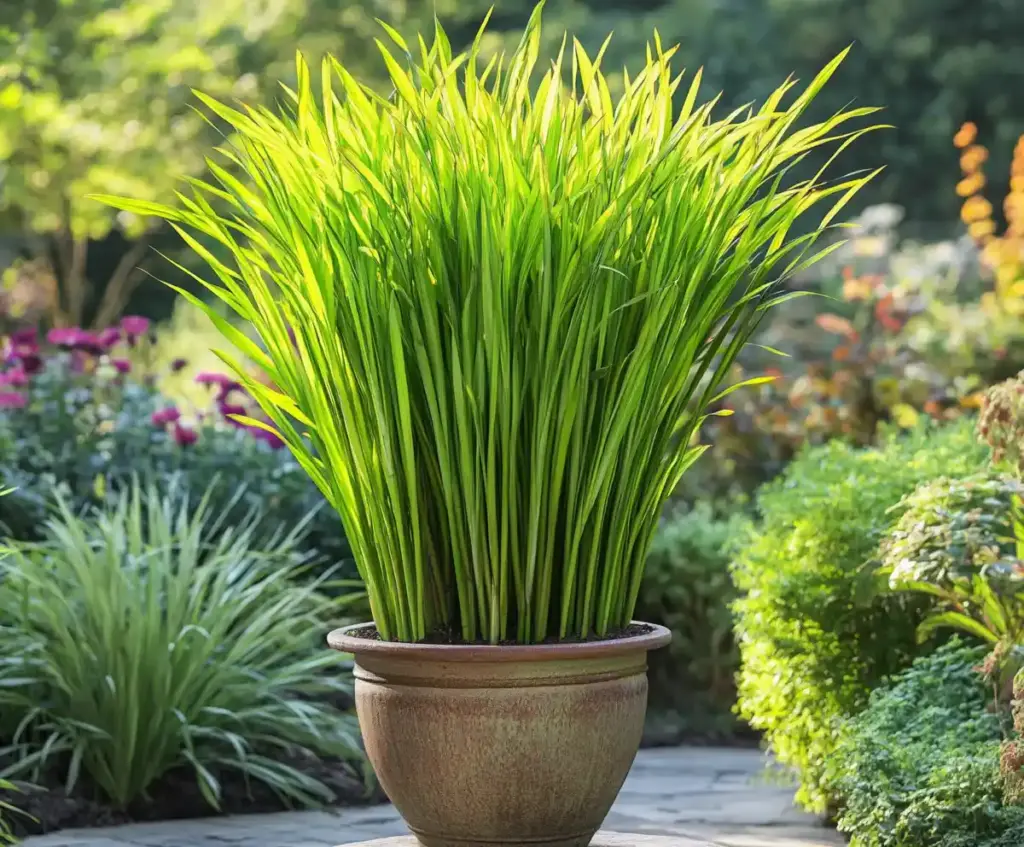
Can I grow lemongrass indoors?
Yes, you can grow lemongrass indoors as long as it gets plenty of sunlight. Place the pot near a south-facing window or use a grow light to keep the plant healthy. Make sure the soil stays moist but not soggy, and choose a large container to allow room for growth.
How long does it take to grow lemongrass?
From sprouting to harvest, lemongrass typically takes about 4 to 6 months to mature fully. However, you can start snipping small amounts of fresh leaves for tea or cooking after just a couple of months.
Does lemongrass need fertilizer?
While not absolutely necessary, using a balanced organic fertilizer or compost can boost lemongrass growth. Apply it lightly once a month during the growing season to encourage lush, vibrant stalks.
What pests affect lemongrass?
Lemongrass is generally pest-resistant, but it can occasionally attract spider mites or aphids. A quick spray with a gentle insecticidal soap or neem oil usually keeps problems under control.
Can I use dried lemongrass instead of fresh?
Yes, dried lemongrass can be a good substitute in many recipes, though the flavor is slightly less vibrant. If you grow your own, you can dry extra stalks by hanging them upside down in a cool, dry place and storing them in an airtight container.
Conclusion
Growing lemongrass at home is easier than you might think, and the rewards are truly worth it. With just a sunny spot, a little water, and some patience, you’ll have a steady supply of fresh lemongrass ready to flavor your favorite dishes or brew into soothing teas. Plus, the plant’s versatility extends beyond the kitchen, offering herbal and traditional medicinal uses. Whether you’re an experienced gardener or just getting started, adding lemongrass to your garden brings a touch of tropical magic to your backyard — and to your table!

